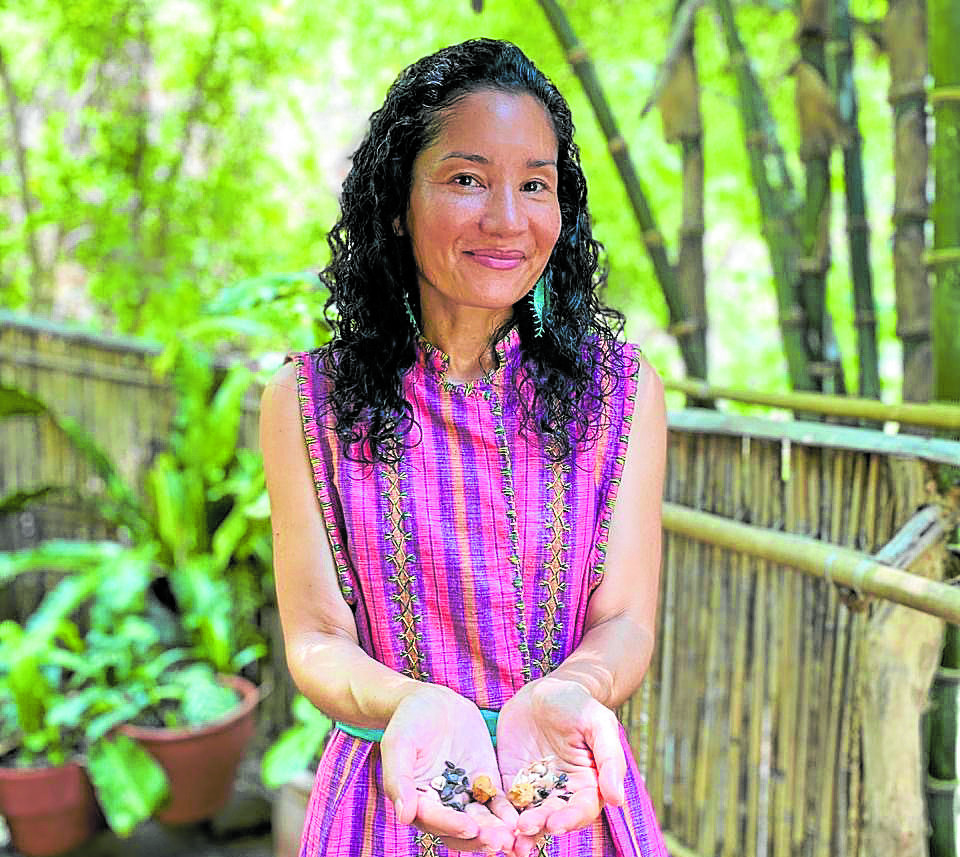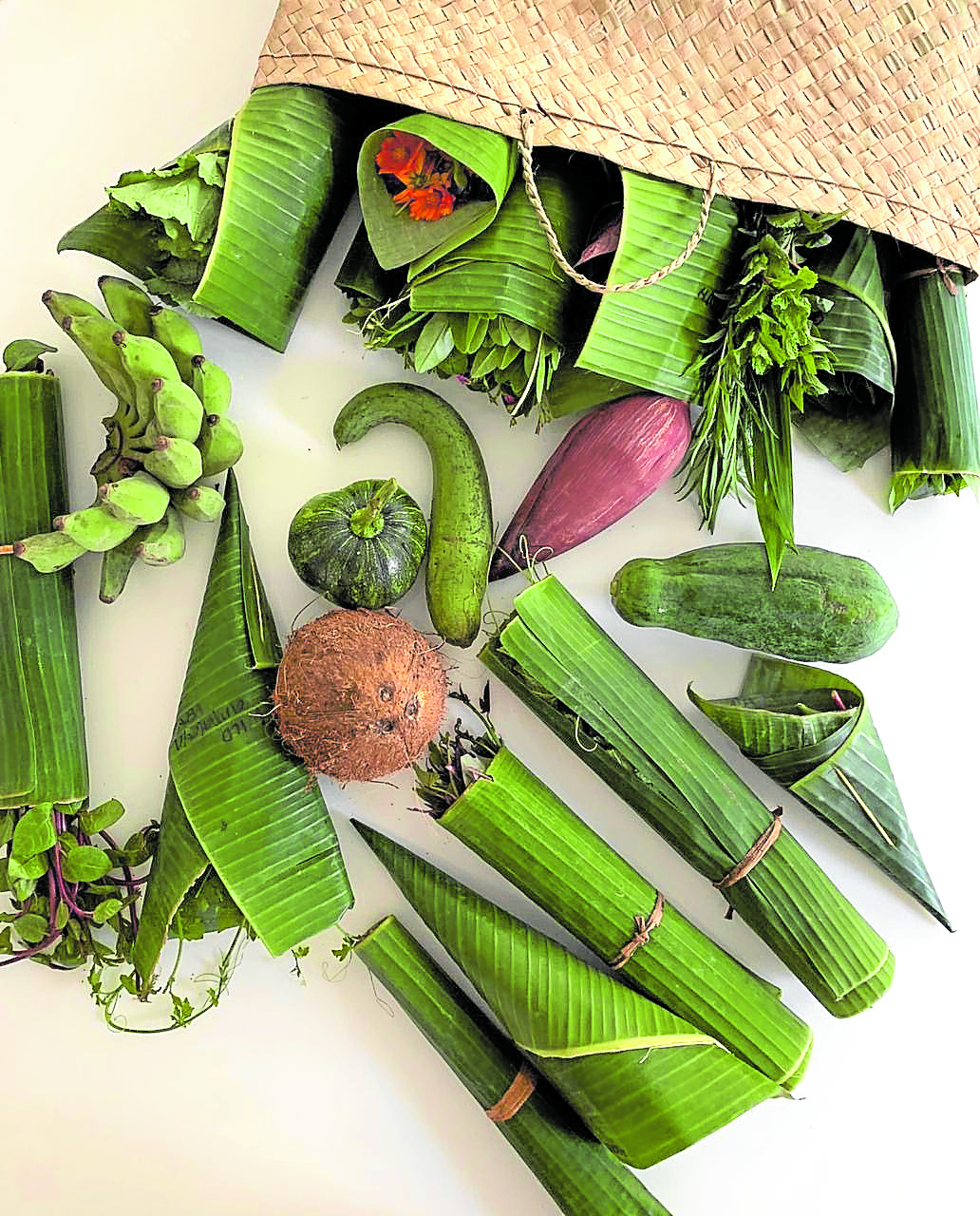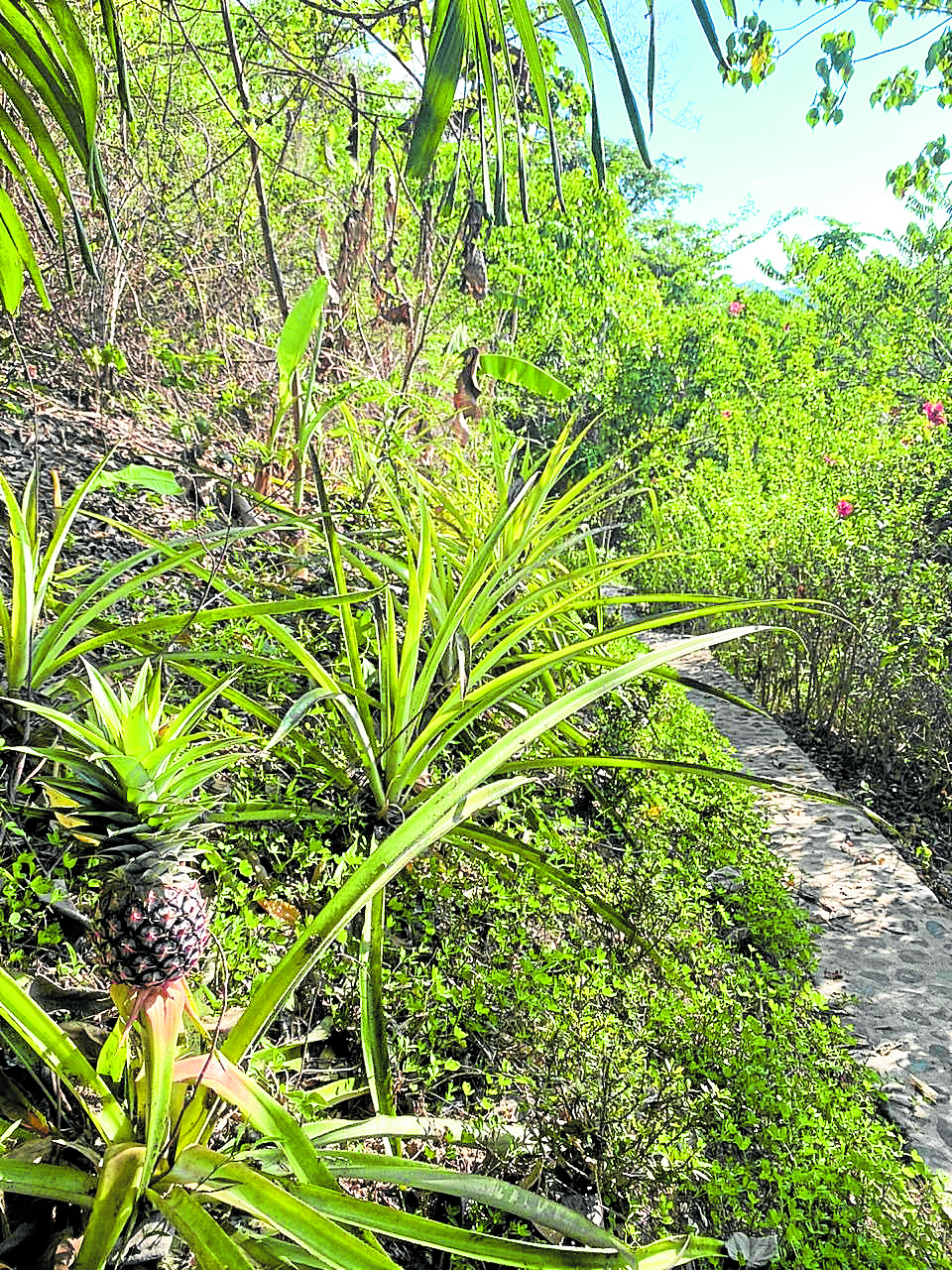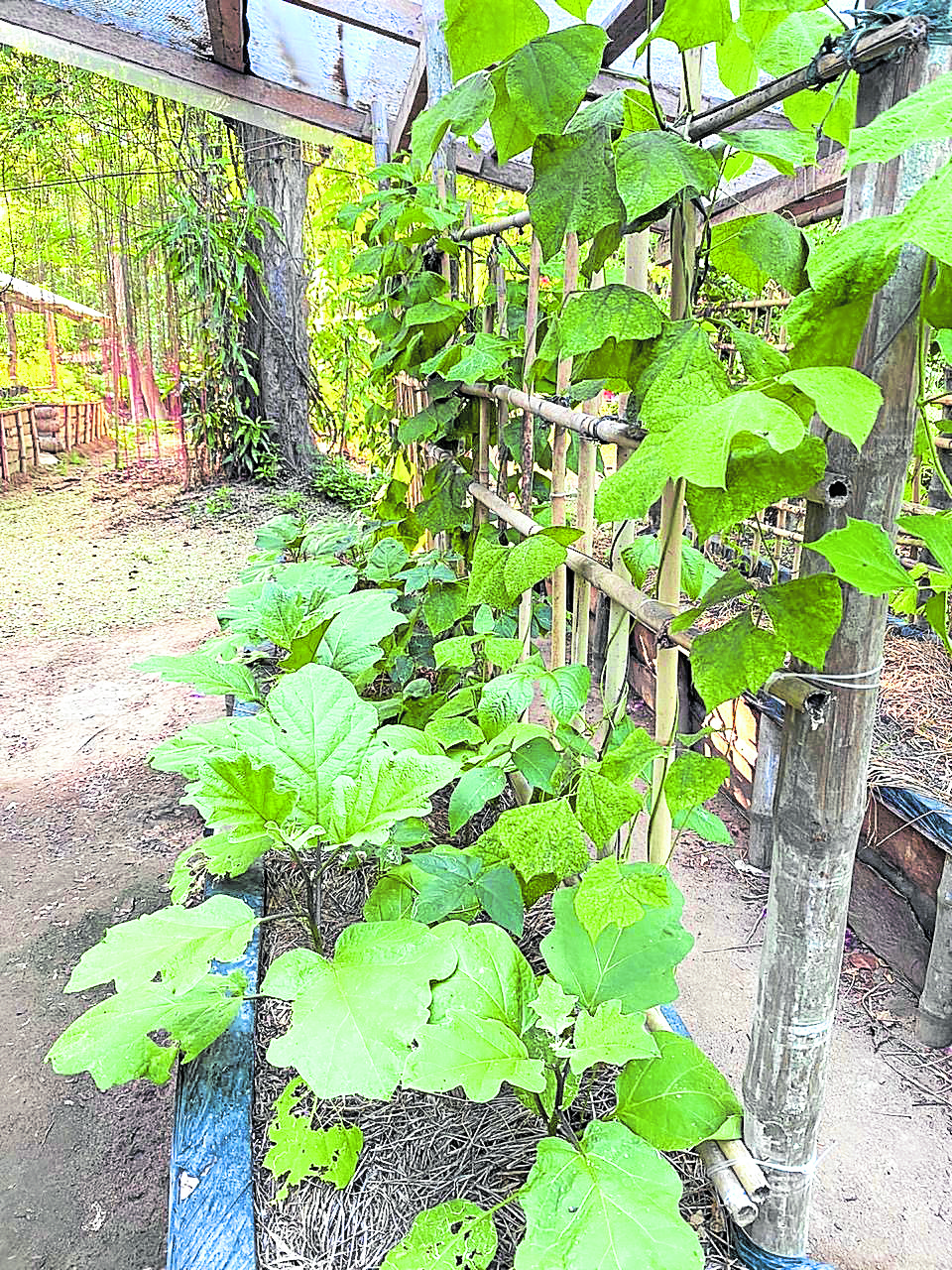
The pandemic has forced people to be more creative and less wasteful of the food they eat. With much time on their hands, they’ve begun experimenting in the kitchen: growing scallions from saved scraps, tending sourdough starters and baking up a storm.
Others, who are fortunate to have a garden or ample space, have been planting their own vegetables and posting their yields on Instagram. Eggplants and tomatoes—sun-ripened and fresh from the vine—induce a new shade of envy.
Even before the lockdown, a former high school classmate had been growing lettuce, pechay and leeks using aquaponics. His foresight has served him in good stead. He and his family can look forward to a steady supply of vegetables.
This return to the basics is admirable and worth emulating.
Earlier this month, a Facebook group, Food Gardens Movement PH, held an online launch. Its aim was to have participants plant a seedling or two in their backyards, along the roads or in their communities.
Their goal? “To spread the importance of sustainable food sources especially in a post-COVID-19 (new coronavirus disease) world.”
Karla Delgado, owner of Kai Farms in Silang, Cavite, talked about permaculture, a set of design principles centered on using the patterns and resilient features observed in natural ecosystems. Simply put, it means working with what’s locally available.

‘Hacks’
Delgado, who spoke from Palawan where she and her family have been staying since the start of the lockdown, shared five “hacks” that she uses in Kai Farms.
1. To ensure the health of your soil, spread mulch over it. She uses Calliandra and kakawate (madre de cacao) in a “chop and drop” method because it’s readily available. “Mulch is what you put on top of soil for nutrition, and to protect it from too much sun or rain,” she said.2. To keep costs low, make trellises and climbing posts using dried coconut fronds and bamboo. “You can plant passionfruit or singkamas that have vines that can climb the bamboo poles,” Delgado said.
3. Repurpose discarded items. Old tires can be turned into pots by stacking two on the ground, filling the cavity with soil and covering the top with mulch. “If you live in a condo with limited space, you can reuse old plastic containers and fill them with soil. Use what’s on hand.”4. If you have the space, Delgado suggests growing edible landscapes. On the island in Palawan where they’re staying, cement paths are lined with pineapple and pandan. “The latter can be used when cooking rice, or steeped in hot water for pandan-flavored tea.”
5. Her food biodiversity hack for novice farmers is choosing what grows easily like calamansi, papaya, talinum, sili, saluyot, talong, okra and malunggay. “You take care of the earth and the earth will take care of you,” Delgado said.










































